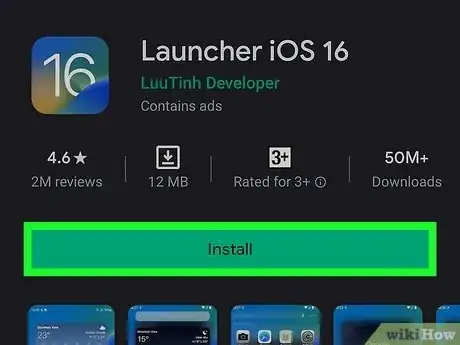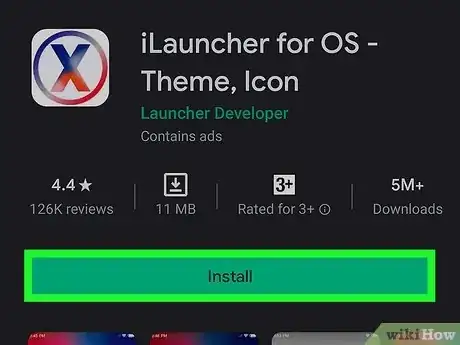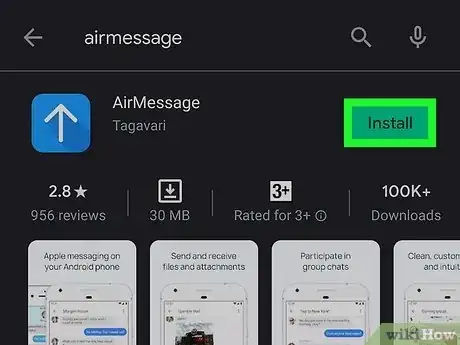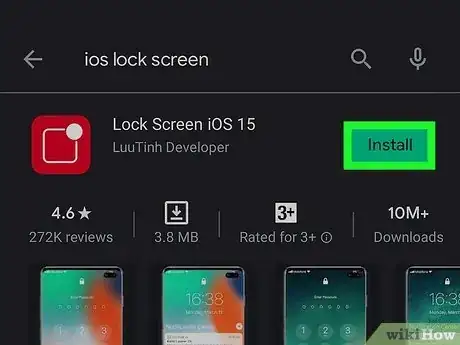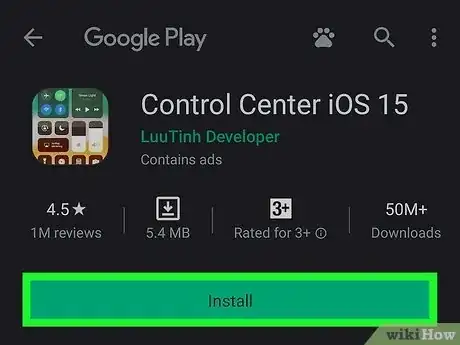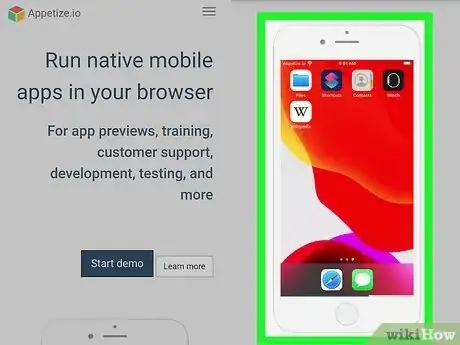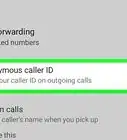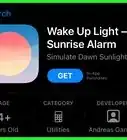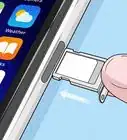This article was written by Mitch Harris and by wikiHow staff writer, Megaera Lorenz, PhD. Mitch Harris is a Consumer Technology Expert based in the San Francisco Bay Area. Mitch runs his own IT Consulting company called Mitch the Geek, helping individuals and businesses with home office technology, data security, remote support, and cybersecurity compliance. Mitch earned a BS in Psychology, English, and Physics and graduated Cum Laude from Northern Arizona University.
This article has been viewed 40,208 times.
If you have an Android but prefer the look and feel of an iPhone, you’re in luck. The customizability of Android phones makes it easy to simulate the iOS experience without having to buy a whole new phone. In this article, we’ll talk you through a few ways to do it, from customizing your home screen, making Android or Samsung Messages look like iMessage, and using a launcher to finding iOS-style apps.
Steps
Install an iOS-style launcher.
-
Launchers let you customize look and feel of your home screen. If you want your Android phone to look more like an iPhone, a launcher is a great place to start. Download a launcher app from the Google Play Store that offers an iOS-style interface.[1] X Research source Some popular options include:
- Nova Launcher, which allows you to not only set the look of your icons, app drawer, and lock screen, but also lets you specify the gestures and shortcuts you use to make your phone run more like an iPhone.
- Apex Launcher, which includes options to customize your icons for a more iOS-style look.
- Go Launcher EX, which makes it easy to install a variety of iOS-style themes for your Android phone.
Download a skin, theme, or icon pack.
-
Use icon packs or themes together with your launcher. Once you’ve installed a custom launcher, you can download themes and icon packs to further customize the look of your Android phone.[2] X Research source Search the Google Play Store for iOS icon packs or themes in your preferred style.
- You can even download themes and icons that are designed to imitate a specific iPhone operating system, such as iOS 13, 14, or 15.
- Follow the instructions in your launcher app to apply the icons, theme, or skin to your phone.
- Most of these icon packs won’t come with the launcher that’s built into your phone. You’ll need a third-party launcher app, such as Apex Launcher or Nova Launcher.
Get some iOS-style apps.
-
Using the right apps creates a more authentic iPhone experience. Custom icons can make your phone look more like an iPhone on the surface, but the apps themselves will still look and feel like Android apps. Luckily, there are lots of third-party options out there that imitate the Apple versions. For example, consider downloading:
- AirMessage, an app that allows you to use iMessage on an Android device. You can also try other feature-rich messaging apps like Textra or Google Chat.
- Music players that emulate the Apple Music app, like iMusic or Music Player-Apple Music MP3. You can also install the official Apple Music app on Android devices running Android 5 or later.[3] X Research source
- Utility apps like iCalendar and iCalculator that imitate the look of the iOS versions.
Apply a new lock screen.
-
Try an iOS-style lock screen and notification app. These apps can make your Android look like an iPhone even when you’re not actively using it. Install an app such as Lock Screen & Notification iOS 15, iLock, or iNoty & Lockscreen. These apps not only mimic the look of an iOS lock screen, but will also change the way your notifications look to match.
- Some of these apps will also allow you to set iOS-style passcodes for extra security.
- You may need to adjust some of your phone’s settings in order for the custom lock screen to function correctly. For instance, you will need to give the app permission to access your camera so that you can take photos directly from the lock screen.
Update your Quick Settings with a Control Center app.
-
These apps install a custom swipe-down settings menu. If your device runs on Android 12 or later, you should already have a swipe-down Quick Settings menu where you can easily access basic data, account, and device settings.[4] X Research source However, if you want your Quick Settings menu to look more like the iOS Control Center, you can do that with a third-party app. Try downloading an app like Control Center iOS or iCenter iOS15.
Try an iOS emulator.
-
An emulator will let you run iOS-only apps from your Android. If you want to get the full iOS experience on your Android device, an emulator is a good option. These apps allow you to run software that wouldn’t normally be compatible with your device. Since most emulators are not available through the Google Play store, you’ll need to get one from a third-party app store or website.[5] X Research source
- Keep in mind that emulators require a lot of RAM to run, so you’ll probably need a phone that has at least 1-2 GB available.
- Some popular iOS emulators include iEMU, CIDER, and Appetize.
You Might Also Like
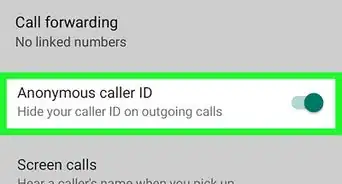

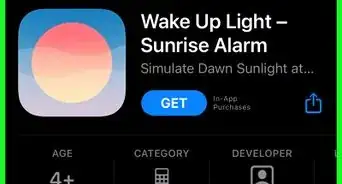 How to Wake Someone Up over the Phone
How to Wake Someone Up over the Phone
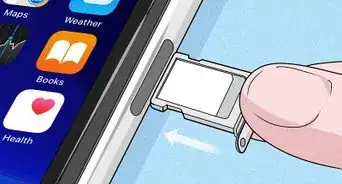
 Why Does My Phone Say There's No Service? 10+ Potential Issues and Solutions
Why Does My Phone Say There's No Service? 10+ Potential Issues and Solutions
 12 Easy Fixes for When Your Phone Says There's No SIM Card
12 Easy Fixes for When Your Phone Says There's No SIM Card
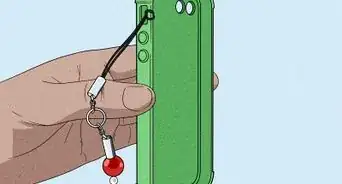
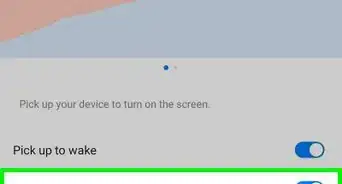
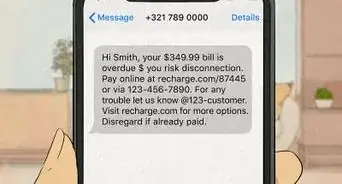 Why Does Your Phone Say Emergency Calls Only? 9+ Ways to Fix It
Why Does Your Phone Say Emergency Calls Only? 9+ Ways to Fix It
 11 Possible Fixes to Solve the "Mobile Network Not Available" Error on Android
11 Possible Fixes to Solve the "Mobile Network Not Available" Error on Android
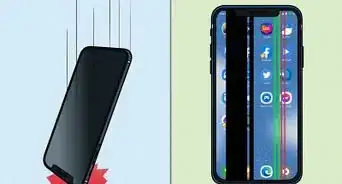 Why Does Your Phone Keep Restarting? 13+ Potential Issues and Solutions
Why Does Your Phone Keep Restarting? 13+ Potential Issues and Solutions
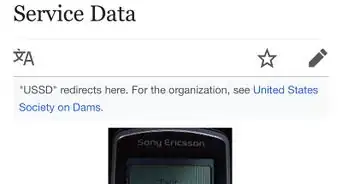
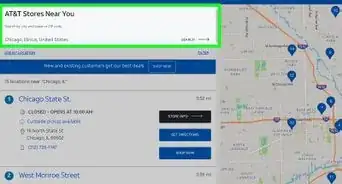 3 Ways to Activate a Cell Phone
3 Ways to Activate a Cell Phone
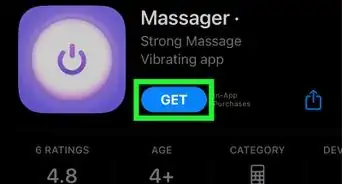 How to Make Your Phone Vibrate: Complete Guide
How to Make Your Phone Vibrate: Complete Guide
References
- ↑ https://www.pcmag.com/how-to/the-best-android-launchers-for-home-screen-customization
- ↑ https://www.digitaltrends.com/mobile/best-icon-packs-for-android/
- ↑ https://support.apple.com/en-us/HT210412
- ↑ https://support.google.com/android/answer/9083864?hl=en
- ↑ https://convergeddevices.net/ios-emulator-for-android/
About This Article

